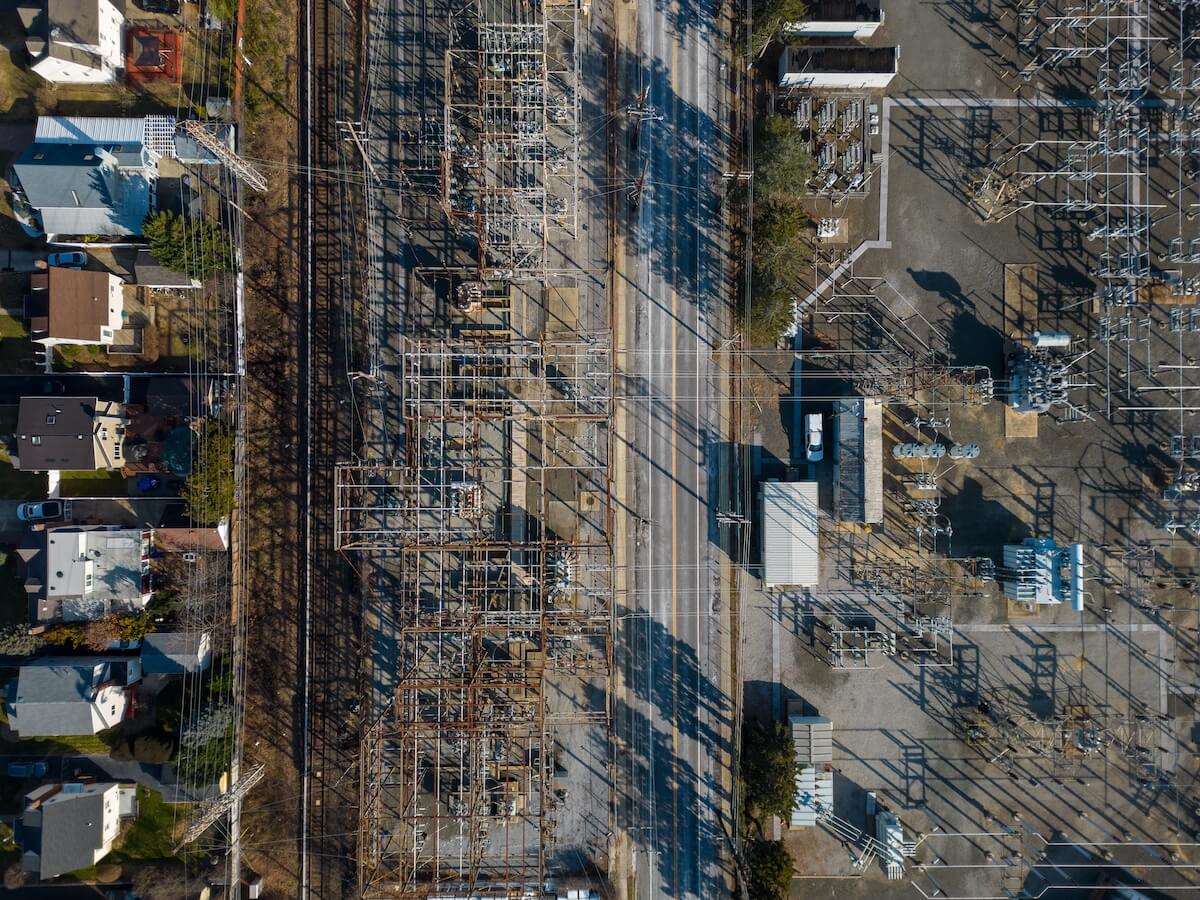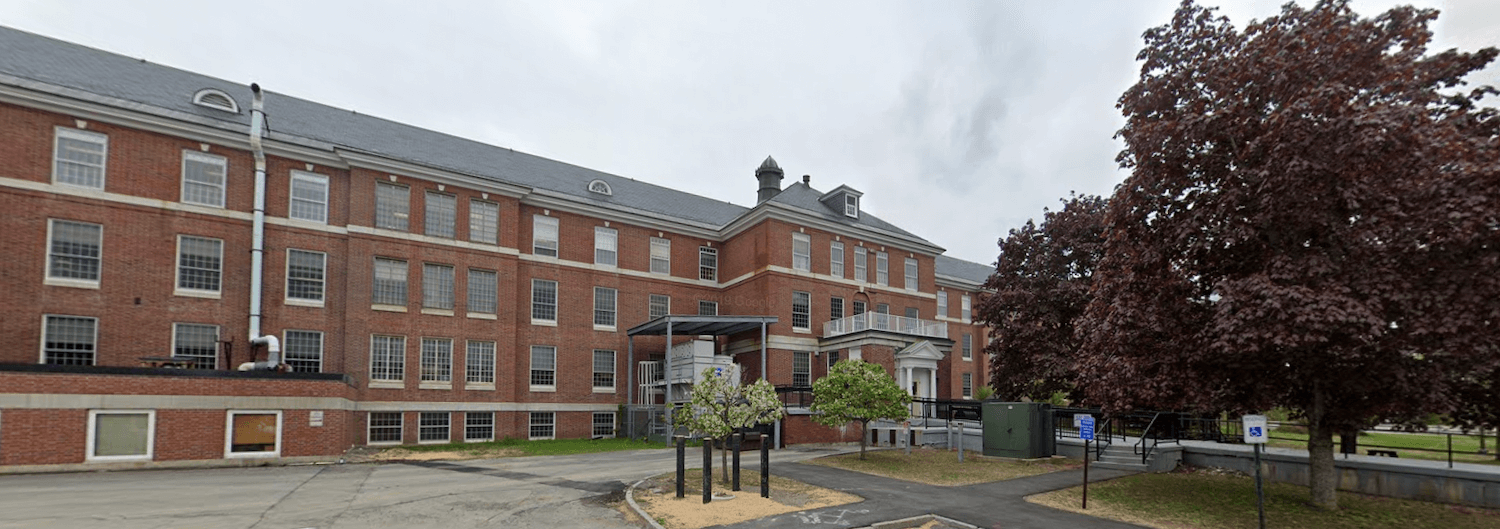Editor’s note: ImpactAlpha has partnered with HIP Investor to highlight upcoming bond issues with social and/or environmental significance. Disclaimer: Nothing in this post or on ImpactAlpha.com shall constitute an offer to sell or solicitation of an offer to buy bonds.
- CUSIP Bond identifier: 542691GR5
- Issuer: Long Island Power Authority
- Impact entity rated by HIP: Long Island Power Authority (Green Bond)
- Muni Sector: Electric Utilities
- Closing date: August 10, 2023
- Bond amount: $400,000,000
- Coupon: 5.5%
- HIP impact rating : 86 (on a 100 point scale) = “net positive”
- Opportunity zones: 72 zones equaling 299,970 citizens, across Nassau, Suffolk and Queens Counties, a population of 5,063,604
Long Island Green Bond
The Long Island Power Authority issued a $400 million bond in August to enhance its transmission and distribution network, allowing for a shift to a grid that doesn’t emit carbon by 2040, while also boosting its ability to cope with climate challenges.
The generated funds will finance upgrades of the electrical grid to facilitate the integration of renewable energy sources. Additionally, LIPA will direct efforts towards reinforcing the infrastructure to endure severe weather events, like Hurricane Sandy (2012) and Superstorm Isaias (2020) that pounded Long Island, New York.
The newly issued bond is designated a green bond, according to the Green Bond Principles (GBP), voluntary guidelines established by the International Capital Market Association (ICMA) to provide issuers with guidance on key elements involved in launching a green bond. The bond aligns with two categories of GBP’s Green Projects: Renewable Energy and Climate Change Adaptation.
Low-carbon energy future
A1 986 Act of the New York State Legislature created the Long Island Power Authority, or (LIPA), a not-for-profit utility company. New York state mandated that LIPA close and decommission the Shoreham Nuclear Power Plant as well as consider options for converting the facility to a non-nuclear use.
Long Island Lighting Company has constructed Shoreham plant over 10 years (from 1973 to 1983), but the state never the plant to generate power for Long Island residents due to public opposition and safety concerns; LILC sold the plant sold to LIPA in 1989. LIPA started transmitting and distributing electricity primarily across most of the Counties of Nassau and Suffolk and a portion of Queens County known as the Rockaways, in May 1998.
In 2013, following the disasters of the superstorm Sandy, LIPA contracted with PSEG Long Island to manage its electric system. LIPA currently serves approximately 1.2 million customers across the community. One of LIPA’s most important priorities is transitioning to a clean, low-carbon energy future for Long Island and the Rockaways.
Climate resilience
In 2012, Superstorm Sandy brought high-speed winds, heavy rains and a 14-foot storm surge on Long Island, leaving half a million people without power for more than one week, and caused some costly damages on the Long Island electric grid. After that disastrous event, LIPA started upgrading its electric grid to increase its resilience to extreme weather conditions.
In 2015, Radley Horton, Ph.D. testified before the New York State Public Service Commission in the Matter of a Three-Year Rate Proposal for Electric Rates and Charges submitted by the Long Island Power Authority and service provider PSEG Long Island LLC. In Horton’s testimony, he affirmed that climate change poses a variety of hazards to utility infrastructure; therefore investments in new and existing infrastructure should anticipate and address these changes by reflecting design standards that are based on the best-available data regarding future climate change.
Dr. Horton also recommended that LIPA and PSEG-LI change the data they were relying on since they were using climate data from a historic thirty-year period without any reference to climate projections, whereas many scientific researches have shown that the climate is expected to be statistically different than it has been in the past.
In 2020, Tropical Storm Isaias put the Long Island grid’s resiliency to the test – and revealed more gaps. The storm impacted more than 645,000 customers, some of them without power for more than one week and the electric system sustained additional damage.
Grid investments
After this disaster, LIPA conducted an investigation on PSEG Long Island’s response to the tropical storm and revised its contract with PSEG in 2021. The year after, PSEG Long Island completed a complete climate vulnerability assessment. That same year, LIPA issued its first green bonds to finance storm “hardening” projects. In parallel, an Integrated Resource Plan (IRP) was conducted to study the supply-side, demand-side and transmission investments that the electric utility may need to make over the next 10 to 20 years to provide reliable, cost-effective energy to customers under a range of scenarios.
As LIPA transitions to a carbon-free grid, it will need to make major changes to its current power supply portfolio. The IRP should help determine the mix of energy resources and transmission system enhancements needed to continue to provide cost-effective and reliable electric service.
The proceeds of the Long Island green bond are expected to contribute to LIPA’s grid decarbonization and resilience to extreme weather events. It will help finance projects that will upgrade local transmission and distribution systems to facilitate large scale and distributed solar additions and storm hardening upgrades, such as stronger poles, narrower cross arms that help wires deflect falling branches, stronger wires, undergrounding cables and smart switches that minimize the number of customers affected by any outage on a main line.
HIP Impact analysis
HIP measures the impact of more than 1,700 electric utilities across 15 material metrics aggregated into five key pillars – Health, Wealth, Earth, Equality and Trust. Those metrics include: dynamic pricing (percentage of customers enrolled in dynamic pricing), power mix of renewables versus fossil, air emissions related to fossil fuels, GHG emissions intensity, smart metering (percentage of total energy saved by using advanced metering infrastructure) and reliability (total time without power for each customer, excluding major events).
Those metrics quantitatively provide a better understanding of how the energy utility delivers the community with cleaner, reliable electricity while also being efficient.
The Long Island Power Authority’s (LIPA) Green Bond earns an overall HIP rating of 86.9 of 100, connoting a net positive performance and outperforming its utility industry peers, with the HIP Rating average for Electric Utilities across the USA standing at 45.2 (of 100). LIPA also performs well on the HIP Health Pillar (85.0 vs 44.4 for the sector average) and HIP Earth Pillar (89.6 vs 33.6 for the sector average) while achieving a high rating of 90.8 for the HIP Trust Pillar.
The high performance in the Health Pillar is driven by an above average Air Emissions rating, which measures the proportion of SO2, NOx and particulates emissions from fossil fuels. LIPA owns an 18% share in Nine Mile Point Nuclear Station Unit 2 (NMP-2) and generates 10% of distributed energy, while the rest is purchased and consists of a mix of natural gas, oil, wind, biomass and solar.
According to the U.S. Energy Information Administration (EIA), roughly 30% of electricity in New York state is derived from renewable sources. Because exact data on energy purchases is not available, the high power mix rating for LIPA is based on state level generation data, and is one of the drivers of its high Earth Pillar rating, along with above average performance when it comes to energy savings achieved through energy efficiency programs.
While major and unexpected climate events like hurricanes and tropical storms have put pressure on the grid in the past, data shows that LIPA’s grid has improved when it comes to reliability and average time customers experienced outages throughout the year. In 2015, the utility reported an average of 75 minutes without power, excluding major events, and 116 minutes including major events.
Auspiciously, in 2021, customers experienced power outages for an average of 55 minutes per year, and 67 with a major event. Reliability is one of the drivers of the high Trust Pillar rating of 90.8, which shows that despite the negative occurrences due to major events, LIPA remains more reliable than most of its national peers.
Alignment with the SDGs
In addition to the HIP Impact Pillars, impact performance can be evaluated with the UN Sustainable Development Goals (SDGs) across more than 200 electric utility sector specific metrics mapped to each of the 17 SDGs, weighted based on their relationship to the underlying targets for each SDG. The electric utility sector is linked to 11 out of the 17 SDGs.
LIPA achieves a net positive score for all those SDGs that its performance is aligned with. Selected SDG rating for LIPA are:
- SDG 7 : Affordable and Clean Energy (78 out of 100)
- SDG 8: Decent work and Economic Growth (79 out of 100)
- SDG 11: Sustainable Cities and Communities (77 out of 100)
- SDG 13: Climate Action (76 out of 100)
Ripple effects
Achieve the CLCPA mandates: The New York State Climate Leadership and Community Protection Act (CLCPA) was enacted into law in 2019 by NY State Senate Bill 2019-S6599. The CLCPA establishes targets to completely transition New York’s economy off of fossil fuels; among those targets:
- 70% of electricity consumed in the state by 2030 should be produced from renewable energy
- 6,000 megawatts (MW) of distributed solar capacity by 2025
- 9,000 MW of offshore wind capacity by 2035
- 3,000 MW of energy storage capacity by 2030, and now this goal has been doubled in 2022 in a New Framework Announced to Achieve Six Gigawatts (6000 MW) of Energy Storage by 2030 in NewYork State.
- 100% zero-carbon electricity generation by 2040
By using the proceeds of the Long Island green bond to prepare its grid to accommodate more renewable energy, LIPA can achieve its own decarbonization goals as well as the state requirements.
- Reducing pollution and saving lives: Shifting from fossil fuels to cleaner sources of electricity is not only an energy concern, but also a public health concern. In 2017, 9 million deaths per year were caused by diseases from toxic exposures in the environment, which is 20 times more than all wars. Fossil Fuel combustion accounts for most of the pollution that affects the air quality, land and water.
By using the proceeds of this bond to prepare its grid for a complete decarbonization by 2040, LIPA shall contribute to a less polluted environment and to a reduction in the number of deaths due to air pollution.
- Promote socio-economic development in Long Island. Having a more resilient grid will assure that Long Island residents have access to reliable sources of energy, especially when extreme weather events happen. Distributed energy resources provide resiliency in access to local energy generation, thereby reducing or avoiding outages from regional transmission infrastructure failure.
A more resilient grid will also limit the damages of those events on the electric system. In 2010, Hurricane Sandy caused approximately $50 billion in total damages, $19 billion in damage in New York State alone, making it the third most costly hurricane after Hurricane Andrew(1992) and Hurricane Katrina (2005). And a big part of those damages impacted the utility system, strong winds took down overhead lines, substations inundated by stormwaters and some system’s plants and utility tunnels were flooded.
Those damages were costly to repair and in some cases it took more than two weeks to restore services to certain customers. With a more resilient grid, those damages can be limited and those costs possibly reduced or avoided, thus saving money. The saved money can be used in programs aimed at improving the well being of Long Island residents.
Net positive
Due to climate change, sea level rise is projected to cause increased coastal flooding, precipitation events and extreme heat events are projected to become more frequent and intense and the frequency of the most intense hurricanes in the North Atlantic Ocean is more likely to increase.
Thus, electric systems that are operating today and that will be operating for decades should consider, and prepare for, the possible range of future environments. With a HIP rating of 86 (on a 100 point scale), Long Island Power Authority will use the proceeds of the green bond to finance projects that will strengthen its infrastructure to withstand extreme weather events.
The proceeds will also finance grid improvements to accommodate the addition of more renewable energy, thus contributing to Long Island carbon free grid goal and the CLCPA mandates, as well as the 2030 Greenhouse Gas Pollution Reduction Target set by President Biden in 2021. Therefore, this green bond will accelerate Long Island grid decarbonization, while potentially saving money from future extreme events with a more resilient grid.
Rose Fadjia Joseph is an ESG impact investing analyst at HIP Investor Ratings LLC.
HIP Investor Inc. is a state-registered investment adviser in several jurisdictions, and HIP Investor Ratings LLC is an impact-ratings firm evaluating impact and ESG on 123,000 municipal entities, 250,000 muni-bond issuances, and 12,000 corporates for equities and bonds. HIP Impact Ratings are for your information and education – and are not intended to be investment recommendations. Past performance is not indicative of future results. All investments are risky and could lose value. Please consult your investment professionals to evaluate if any investment is appropriate for you, your goals, and your risk-return-impact profile.











